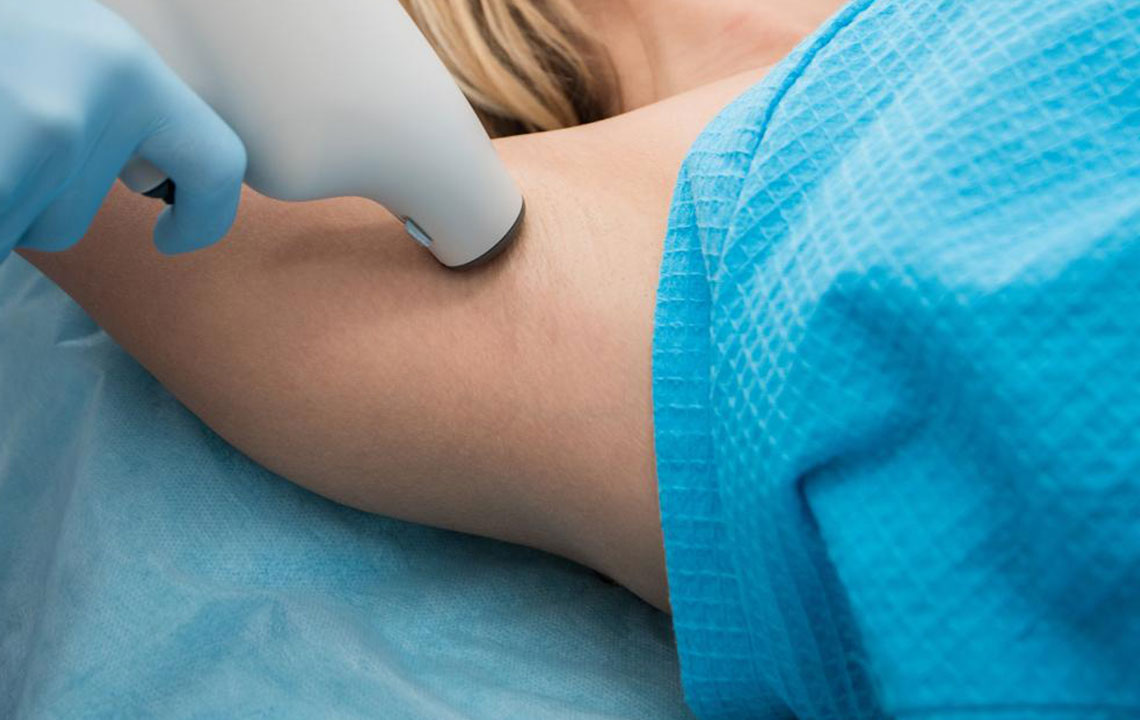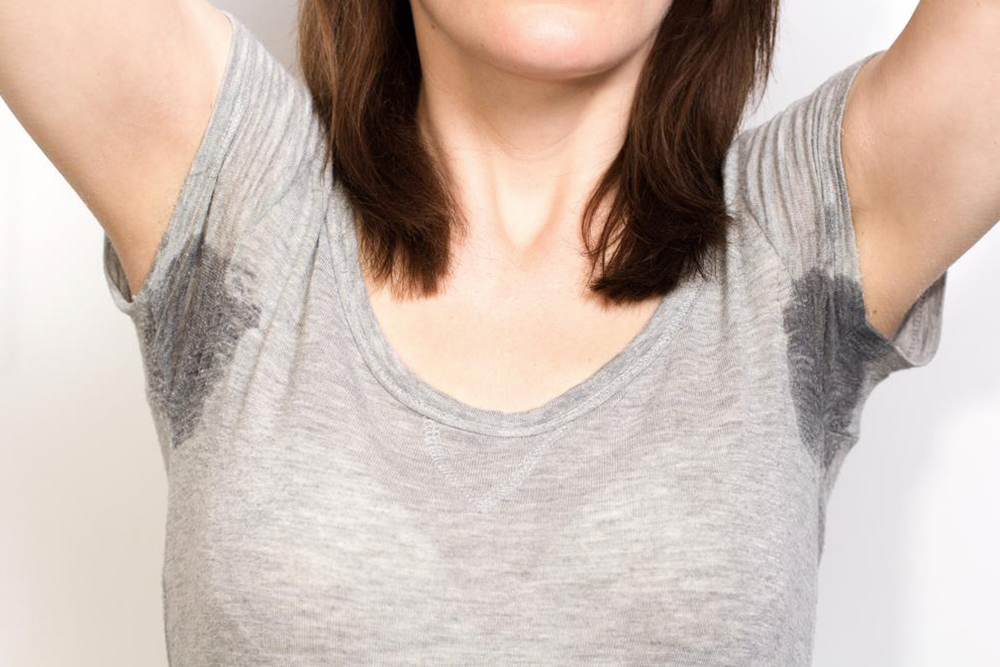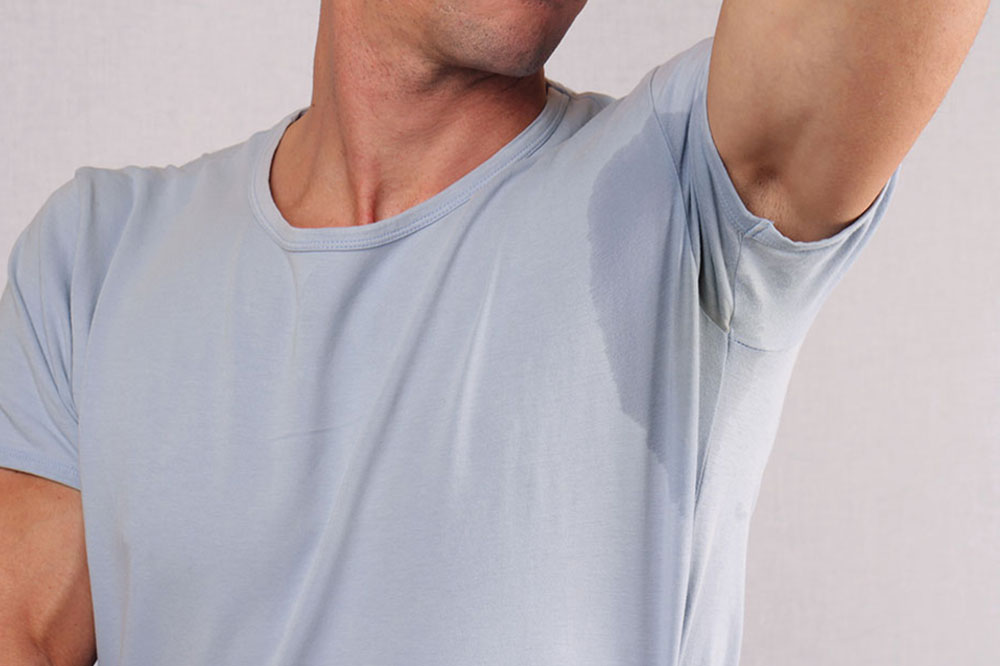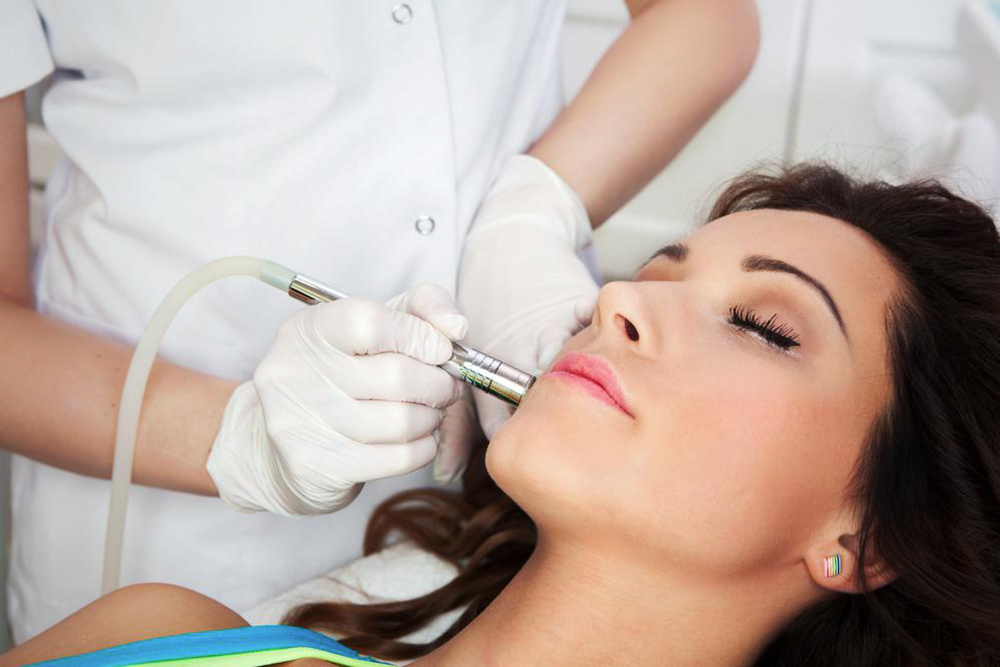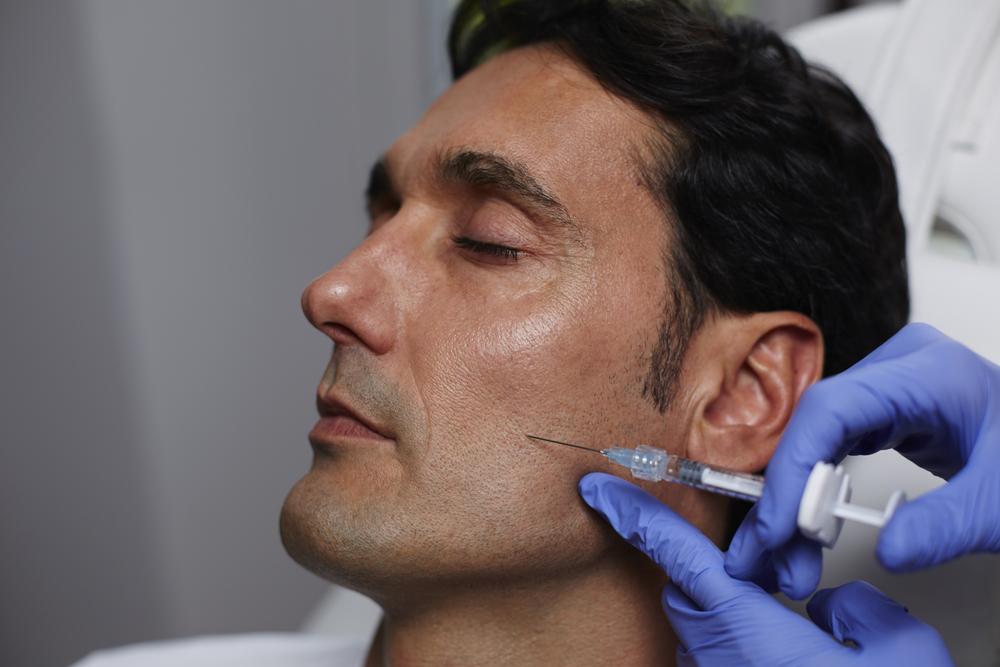Innovative Strategies for Managing Excessive Sweating
Discover effective modern treatments for excessive sweating, including non-invasive methods like iontophoresis and Botox, as well as surgical options. Learn about their procedures, benefits, and potential side effects to manage hyperhidrosis effectively and safely.
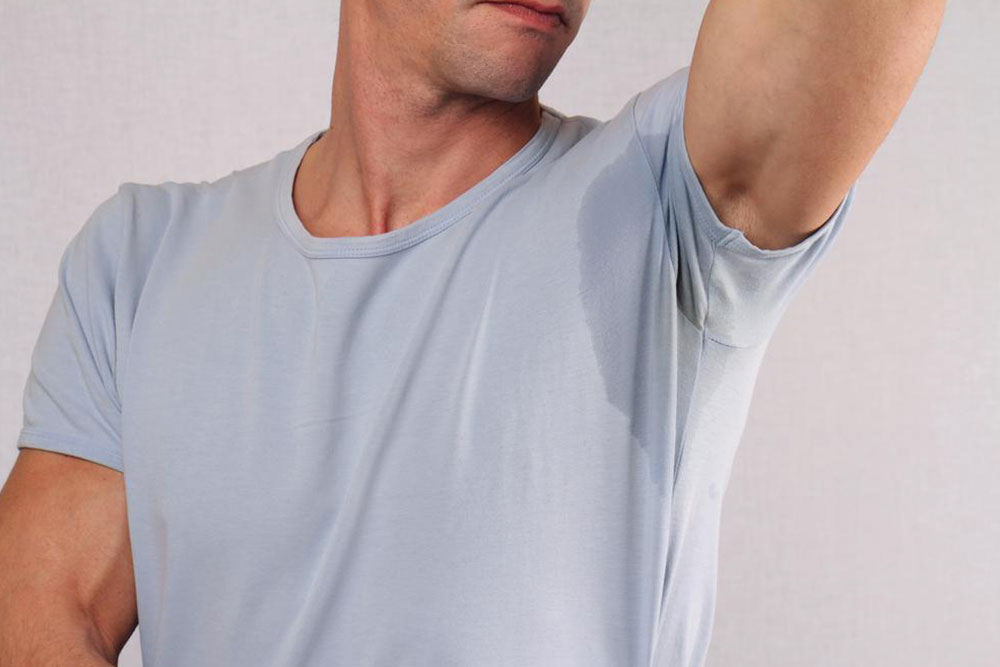
Excessive sweating can be categorized into two main types. Localized hyperhidrosis affects specific areas such as the underarms, palms, and soles, known as axillary and palmoplantar hyperhidrosis respectively. This condition typically occurs without an underlying medical cause and patients do not sweat during sleep, which classifies it as primary or focal hyperhidrosis. Initial treatment involves medications that block sweat gland ducts, but many patients find relief inadequate. In persistent cases, advanced options like nerve or sweat gland removal are considered, although they carry potential risks.
One non-invasive option is iontophoresis, where a low electrical current is passed through water over the skin for 10-20 minutes, 2-3 times weekly, with uncertain mechanisms but proven effectiveness.
Botox injections temporarily paralyze sweat glands, providing relief for up to a year. Typically applied under the arms, it’s FDA-approved for axillary hyperhidrosis but not for palms or soles due to pain and regulation limits.
Technologies like microwave and laser treatments target and destroy sweat glands. Microwave therapy involves local anesthesia and cooling, with multiple sessions recommended. Laser procedures are quicker and more comfortable.
In severe cases, thoracic sympathectomy, a surgical procedure that cuts the sympathetic nerve, can halt excessive sweating but may cause compensatory sweating elsewhere.
Note: These treatments may have side effects and should be discussed thoroughly with a healthcare professional. Our content offers general insights and should not replace medical advice.

